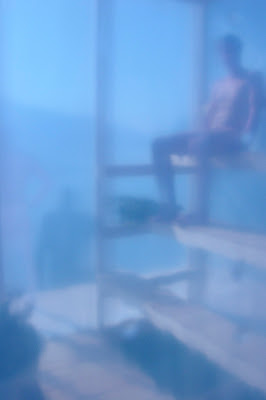Hi all, every week, UTIES will showcase a student environmental photographer's, artist's, or poet's profile as well as a few photos, paintings, or poems by them on our Facebook page and Blog! This week's student photographer is Eric Chung.
Here is his profile!
My name is Eric Chung, and I’m a first year life sciences student. I first picked up my camera to do surreal photography a few months ago, because I have a background in digital illustration. After a bit of experimentation in different areas, I found that I particularly enjoyed taking pictures of the outdoors, especially of sunrises. Though subtle at first, with all the colours and interesting details around us, it's difficult to get bored as long as you know when and where to look. With the right coaxing, à la Andy Goldsworthy, the outdoors can yield some of the most beautiful designs; this is what nature should be valued for at the very least, of all things. My hope is that we can all appreciate this enough for future generations to enjoy this as well.
“You can't use up creativity. The more you use, the more you have." - Maya Angelou
I also enjoy figure drawing, portraiture, waking up at 5 AM to go running.
Check out our Facebook for daily updates! https://www.facebook.com/ Thanks and have a great week! - the UTIES Committee  |
| Afterglow, 8.5 x 11 |
"This picture was taken by the park of my house, early in the morning.
I really liked the maple's long branch going along the side, especially
with the sun peeking through the leaves, as it acted as a frame for the shot."
 |
| Burning, 8.5 x 11 |
 |
| Dew 8.5 x 11 |
 |
| Moonrise 8.5 x 11 |
 |
| River of Blood 8.5 x 11 |












































